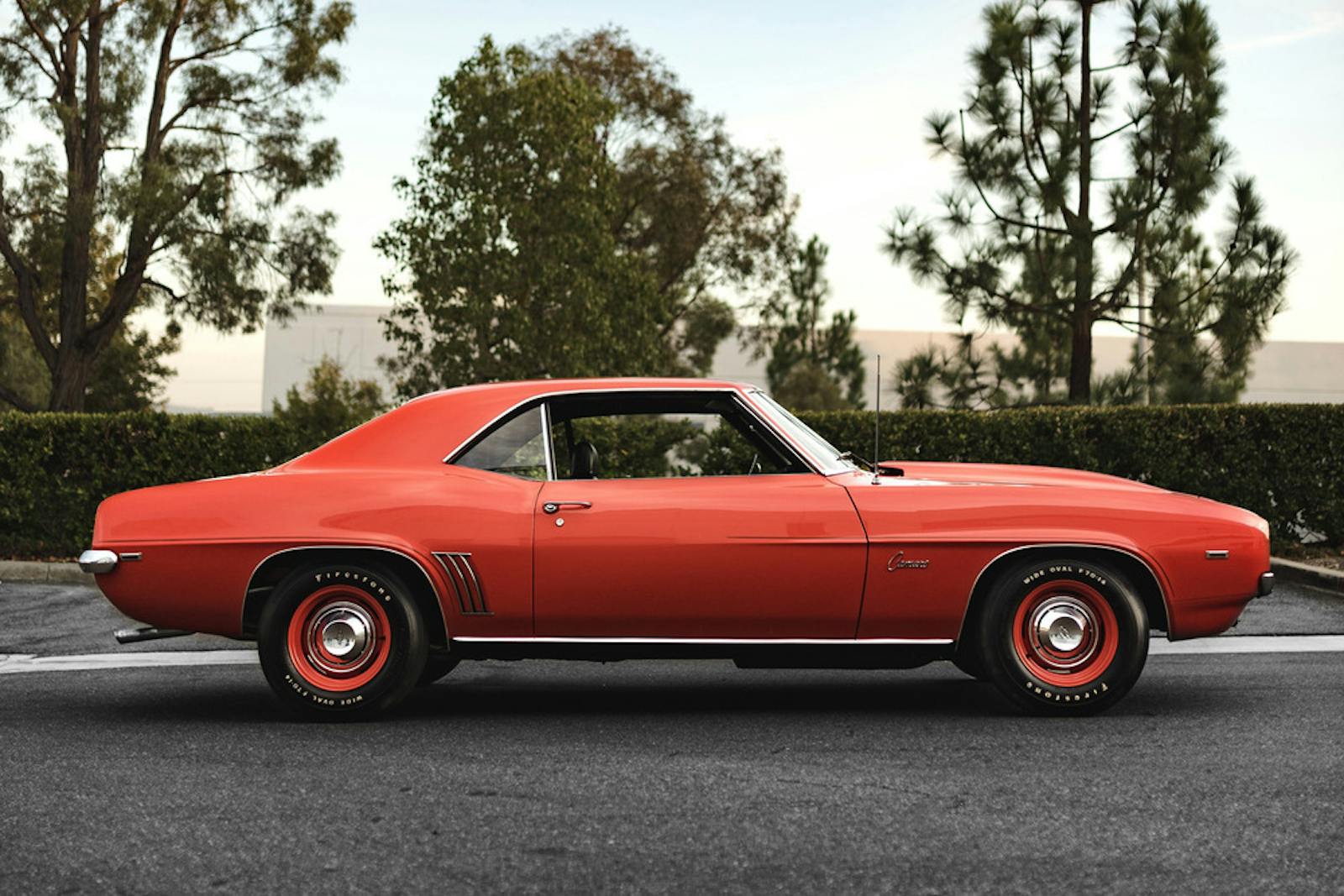With these 4 mid-century classics, it’s what’s on the inside that counts
Automotive design is a lot like fashion. Both reflect the zeitgeist of their times, and both rely on metaphoric sleight of hand to fool the eye in regards to proportion. Let’s be honest, though; most of our time is spent inside a car, driving around from point A to point B. So why do we enthusiasts often lack consideration for a car’s interior?
Here are several potential collectible cars that may not be on the top of everyone’s list, but possess something in their respective interiors that makes them rise above the fray. Which one looks most inviting to you?
Chrysler Highlander

Chrysler offered many models in 1940: the Royal and the Windsor, each with a six-cylinder; and the Traveler, Saratoga, New Yorker, and Imperial, with straight-eights. The New Yorker in particular was available as a Scottish-inspired, Highlander sub-model “that takes the blue ribbon for swank,” thanks to a tartan cloth interior. Starting in 1941, the Highlander became an interior package available on the Windsor and New Yorker; this continued through 1950 when it was put to rest, just before the debut of the 331 Hemi.
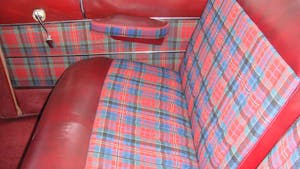
Highlanders were always a rare sight, but even rarer was the 1940–42 Chrysler New Yorker Navajo. With interior upholstery that resembled a Navajo blanket, the New Yorker Navajo was a colorful and stylish vehicle, but they were so rare that few, if any, are known to exist.
Chevrolet Delray

In 1954, a year before “The Hot One,” Chevrolet introduced a sub-model in the 210 series called the Delray Club Coupe. The 210 series already featured a two-door sedan, but the Delray was a “brand-new Chevrolet sport model that combines the beauty and roominess of a two-door sedan with coupe smartness,” thanks to a “distinctively tailored … gay, color-harmonized interior.” New and unusual for its time, the “Elascofab” interior was an all-vinyl design that would “wash clean in a jiffy.” With specially selected colors and two-tone combinations, along with several special matching two-tone interiors (including vinyl headliner and sun visors, plus carpeting instead of a rubber floor mat), the 210 Delray struck a nice figure despite not being part of Chevrolet’s top-of-the-line series.
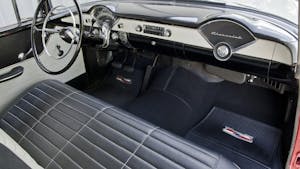
A new set of limited hues and combinations were introduced for the redesigned 1955 model, though some distinction was lost in 1956 when the color palette was expanded. Then, for 1957, an “Inca” pattern replaced the quilted interior that had been a distinguishing Delray feature. Additionally, any 210 color was offered for the 1957 Delray.
In 1958, with what would end up being a one-year design, the Delray became its own trim level, situated at the bottom rung of the Chevrolet hierarchy and completely unrelated to the specially trimmed sub-model from 1954–57. For 1959, Chevrolet ditched the Delray name for good.
Buick Invicta
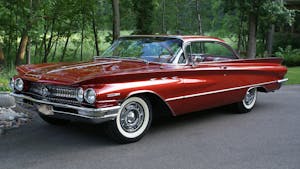
General Motors’ crash-course redesign for 1959, spurred on by Chrysler Corporation’s 1957 “Forward Look,” also included renaming the models of certain brands. In the case of Buick, the Special, Century, Super, and Roadmaster (plus the 1958-only Limited) were replaced by the LeSabre, Invicta, and Electra, and Electra 225. The Invicta played the role of the former Century, riding on the LeSabre’s smaller 123-inch wheelbase but equipped with the Electra’s bigger “Wildcat 445” V-8.

It was this model that would also serve as the basis of some fancy interior choices starting in 1960. Sporty bucket seats were a new-fangled curiosity at the time, but when a Invicta two-door hardtop or convertible was ordered with the Custom package, it achieved a whole new level of style thanks to striped two-tone leather bucket seats (with two-way power) plus a storage console. The overall effect looked like a contemporary racing jacket.
With a trim redesign for 1961, Buick’s styling completely shed any remnants of the 1950s. And in regards to the 1961 Invicta Custom, it continued with a similarly dashing interior design. However, 1962 Invicta Custom two-doors lacked the distinctive two-tone interior, and the hardtop was replaced by the mid-year appearance of the Invicta-based Wildcat, which featured several more personal-luxury accouterments.
1967 Mercury Caliente Grandé
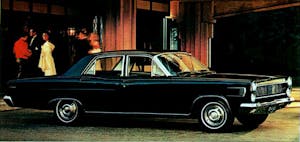
The Comet name has played the role of several different types of cars, from 1960 compact to 1966 mid-sizer and back to a compact for 1971. Since 1964, the Caliente (along with the Cyclone) sat at the top of the Comet chain of command and, in 1967, Mercury offered a special Grandé interior package for the Caliente four-door sedan. This “interior of exceptional beauty and luxury,” available in Gossamer fabric and vinyl in blue, or Chambray fabric in black or parchment, was sewn in a diamond pattern, complemented by wood-toned door panels and tailored door pulls. Sounds elegant, right?

However, applying luxury to a mid-size sedan would end up being a one-year package. For 1968, the all-new Montego MX Brougham continued pampering passengers in Mercury’s mid-size platform.
Own one of these fine vehicles? Drop us a note!
